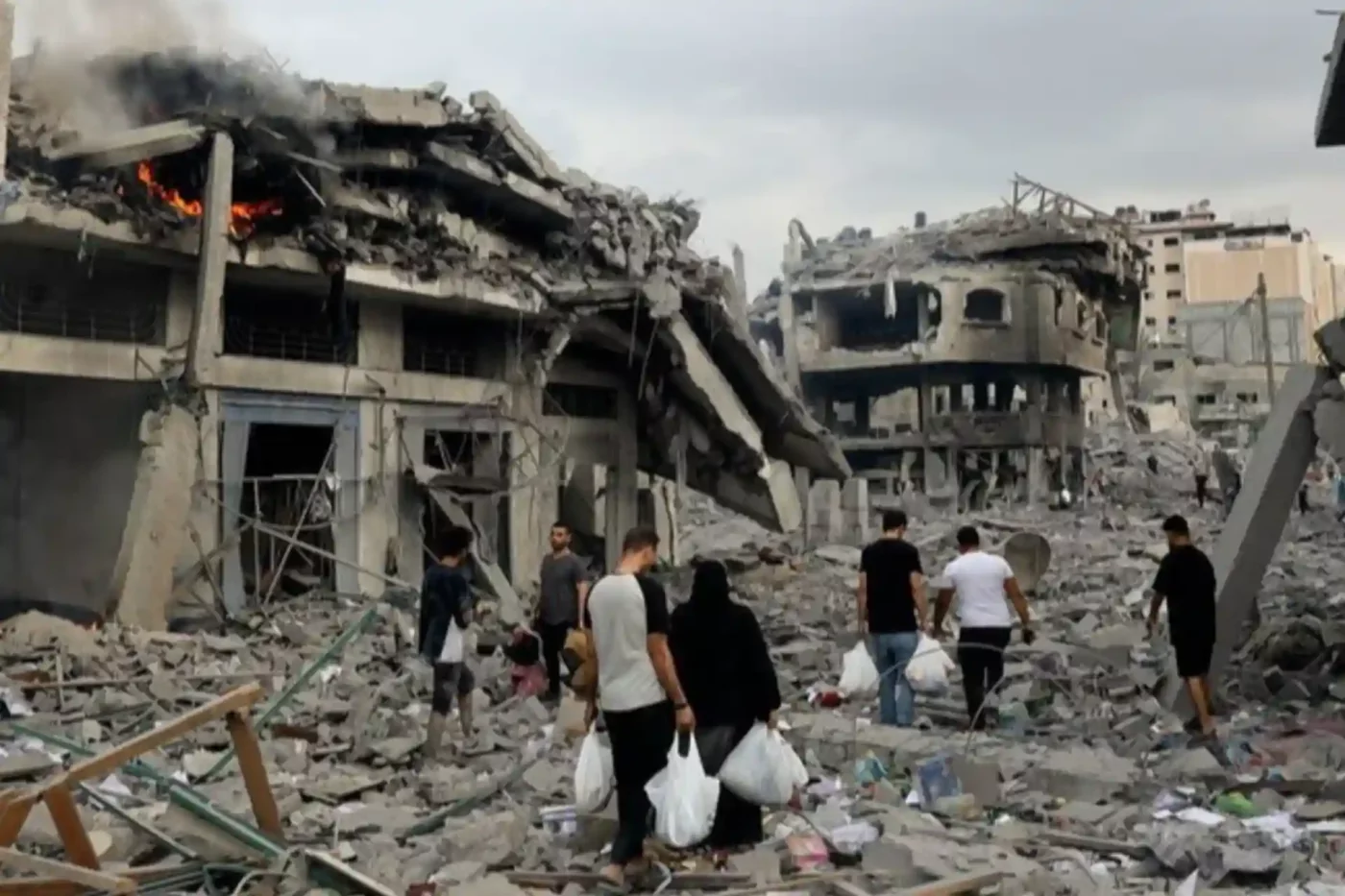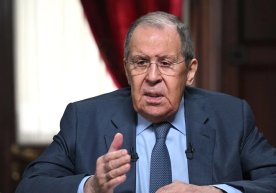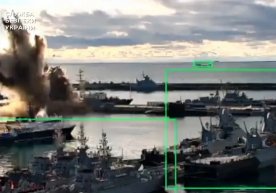
There are two truths to be faced with when considering the question of “What will the future of Gaza be like now?” First, it is naive and dangerous to place too much faith in the current ceasefire.
Second, it is utterly callous to fail to understand the true human toll of this war. In fact, the true scale is far greater than the tens of thousands of Palestinians killed and/or seriously injured by Israeli forces.
The Israeli pause in the bombardment of Gaza is certainly welcome. This has given Palestinians some relief, a chance to calm down, and for some to move north, assess the damage to their bombed-out neighborhoods, and dig through the rubble to find the bodies of missing family members.
The ceasefire has also allowed for the massive delivery of food and aid to Gaza, and for seriously wounded Palestinians to cross into Egypt for treatment.
This was the good news about the ceasefire. The bad news is that the agreement is weak and has no implementation mechanism. The original plan, proposed by former President Biden more than six months ago, included three phases, all three of which the parties agreed to from the start.
We have learned from the Israeli press that Israeli Prime Minister Benjamin Netanyahu has been telling his supporters that he will only respect the first phase and that he will continue the bombing once it is over.
He will not withdraw Israeli troops from Gaza, nor will he allow a Palestinian government that would politically connect the Gaza Strip to the West Bank.
The Biden and Trump administrations have chosen to ignore Netanyahu’s intentions in order to showcase their “successes.”
Biden has supported and defended the Israeli leader since the beginning of the conflict. From October 2023 until he left the White House, Biden and others supported Netanyahu’s goals and provided him with complete freedom.
Despite Biden’s insistence that he had been working diligently for a ceasefire for six months, there is clear evidence that the administration knew that Netanyahu would not agree to a ceasefire, and yet continued to openly claim that Israel supported the ceasefire and that Hamas was the main obstacle.
This falsehood about the agreement will continue to be emphasized, because even though Biden knows that the ceasefire is limited in time, he has achieved a "public relations victory" by ending his term in office in an exemplary manner.
For the new president, Donald Trump, the break was almost the same - it was the first demonstration of his ability to solve the problem that tormented his predecessor.
It does not matter that the ceasefire will last no more than a few months. As always, showman Trump is very important at the moment: to raise ratings. Even if the ceasefire does not last long, he will still be forgotten by many. In addition, he recently met with Netanyahu, according to whom new issues were discussed on Gaza. The goal is to continue the occupation.
It is important to remember that neither the current Israeli government nor any of its potential successors, nor the Trump administration nor any of its potential successors, have any interest in a just resolution of the conflict.
Thus, even putting aside the issue of a ceasefire, despite plans to pave the way for peace, starting with an interim government in Gaza, it is clear that the Israelis are not willing to accept any agreement. Nor is the US forcing Israel to take the steps necessary to advance peace.
The sad truth is that wars have consequences that last long after the bombs stop. They can lie dormant, like viruses, for years before they manifest themselves, often unexpectedly.
Neither the Israelis nor their American backers have ever understood the humanity of the Palestinians, and they cannot imagine the long-term impact of this devastating war.
Of these, 47,000 were killed, 116,000 were injured, 33,000 were permanently disabled, nearly 50,000 were missing, 90 percent of the population (nearly 1.9 million) were displaced, many of them homeless because their previous homes were destroyed, and 34,000 children were orphaned as the only surviving members of their families.
It is clear that it may take twenty years to clear the rubble and unexploded ordnance in Gaza, and several more years to rebuild. However, the wounds of war that continue to plague survivors will take much longer.
It is easy to press the button to stop the bombs, but this devastating war continues to affect future generations. Several types of psychological disorders, such as trauma, anxiety, severe depression, and internal violence, have emerged, leading to self-harm or attacks on others.
Adding to this suffering is the crushing blow of seeing the ruins of their homes and communities. Where will the Palestinians go in this situation, with decades of cleanup and reconstruction to come? It is unlikely that the Israelis will show any compassion for these survivors of their own war of extermination.
The Palestinians rightly fear that if they abandon the ruins of Palestine, the Israelis will not allow them to return. Neither the United States nor the Israelis are prepared to provide the victims with the counseling and care they need to heal the wounds of this war. So the future is abstract, like a thick fog. Read “Zamin” on Telegram!
Ctrl
Enter
Found a mistake?
Select the phrase and press Ctrl+Enter Related news
Information
Users of Меҳмон are not allowed to comment this publication.
Users of Меҳмон are not allowed to comment this publication.














